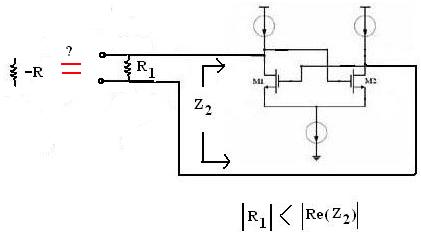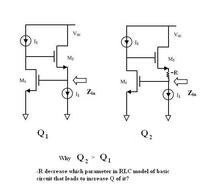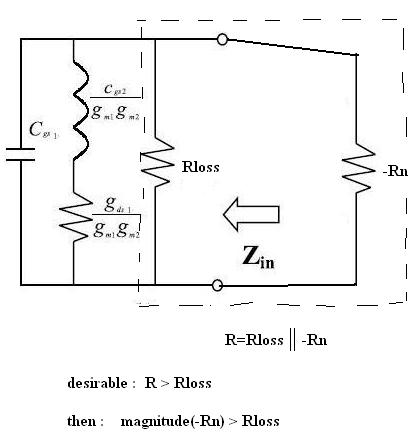rezaee
Full Member level 2
Hello
the below picture show an activer inductor basic circuit (figure "a" ) and its equal small signal model (figure "b" ), and the Q factor is defined Real(Zin)/Image(Zin)
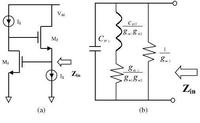
the below procedure can increase the value of Q-factor, Is it possible describe to me that how this procedure can increase Q factor of basic circuit?
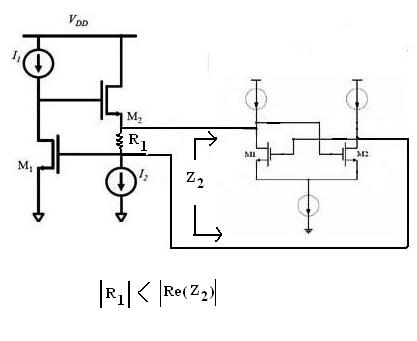
the below picture show an activer inductor basic circuit (figure "a" ) and its equal small signal model (figure "b" ), and the Q factor is defined Real(Zin)/Image(Zin)

the below procedure can increase the value of Q-factor, Is it possible describe to me that how this procedure can increase Q factor of basic circuit?

